Revolutionizing Image Generation with Light: Instant, Energy-Efficient, and Impressive Results!
![]() 08/29 2025
08/29 2025
![]() 546
546
The realm of image generation models is continually evolving, offering increasingly sophisticated features that enable us to create stunning visuals effortlessly. However, behind this technological marvel lies a substantial environmental cost—countless gallons of cooling water and megawatts of electricity are consumed in the process.
OpenAI has shed light on this issue with startling data: In just seven days, one of their image generators produced a staggering 700 million images. Imagine the numerous data centers working overtime to support this, consuming electricity equivalent to that of a small city.
Just as the world grappled with the growing energy crisis associated with AI, a group of scientists posed an intriguing question:
Do you believe in the power of light?

How does the conventional diffusion model craft images? It begins by 'disassembling' images, blending them into a chaotic mix of noise, and then painstakingly 'correcting' this mess step-by-step until a clear image matching the text description emerges. This intricate process can involve thousands of computational steps, each consuming significant power from CPUs and GPUs.
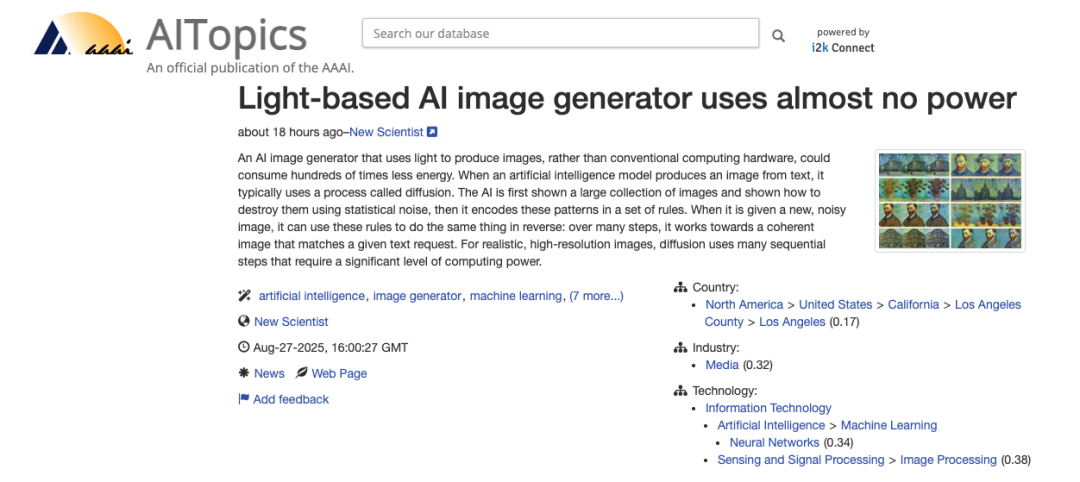
At the University of California, Los Angeles, Professor Aydogan Ozcan and his team dared to think outside the box: Why rely solely on electrons for computation? Why not harness the power of light?
In essence, they use a shallow digital encoder to transform random noise into 'phase patterns,' which are then printed onto a laser beam via a spatial light modulator (SLM). With a single flash of the laser, an image appears instantaneously.
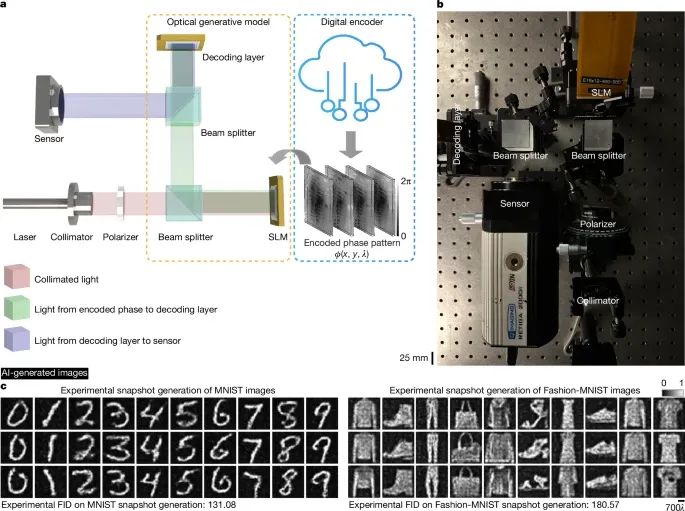 Experimental Demonstration
Experimental Demonstration
The beauty of this approach lies in its energy efficiency: Only the digital encoder consumes a minimal amount of power, while the entire decoding process is powered solely by light, eliminating the need for any computational energy expenditure.
In contrast to traditional diffusion models that require thousands of iterations, consuming energy akin to an electric kettle, the optical diffusion model generates images instantaneously, consuming virtually no power.
One scholar aptly compared it to the energy difference between an electric kettle boiling water in a second versus the millionth of a second before it trips the circuit breaker.
The concept of generating images using light may seem mystical and incomprehensible at first.
However, the results speak for themselves. The team utilized this optical model to create handwritten digits (MNIST dataset), fashion items (Fashion-MNIST dataset), butterfly wings, human faces (Celeb-A dataset), and even Van Gogh-style paintings.
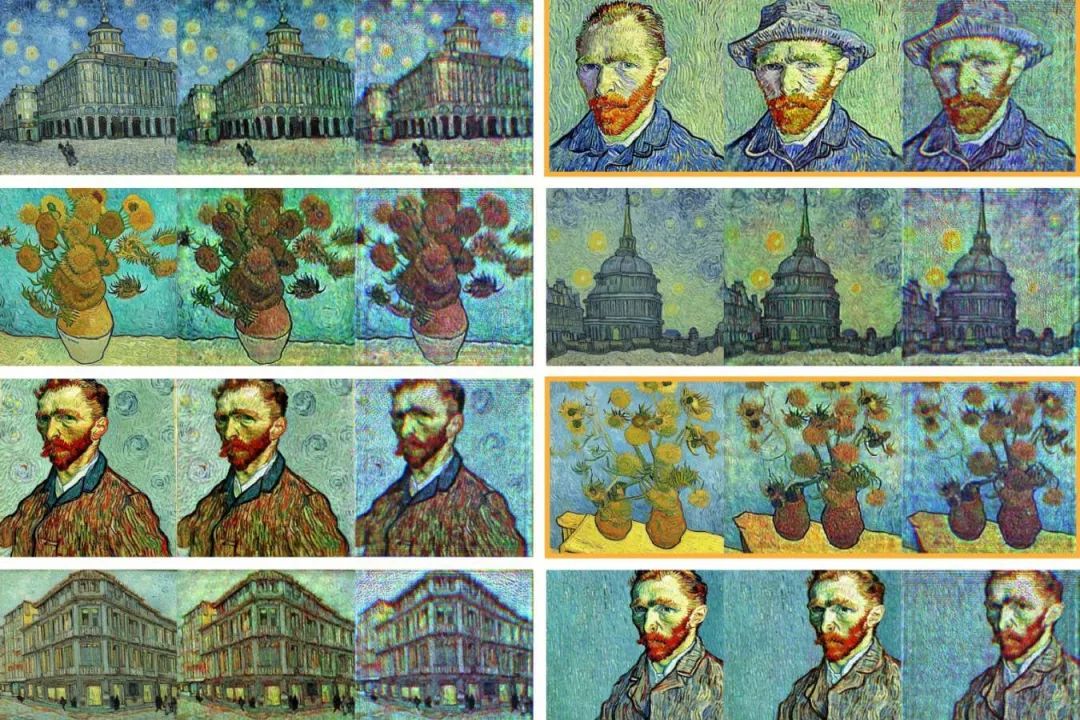
How do these results fare? They are nearly on par with images generated by mainstream diffusion models.
Moreover, this technology offers two distinct modes:
Snapshot Optical Generation: The laser scans, and an image appears instantly. The speed bottleneck here is not the algorithm but the screen refresh rate.
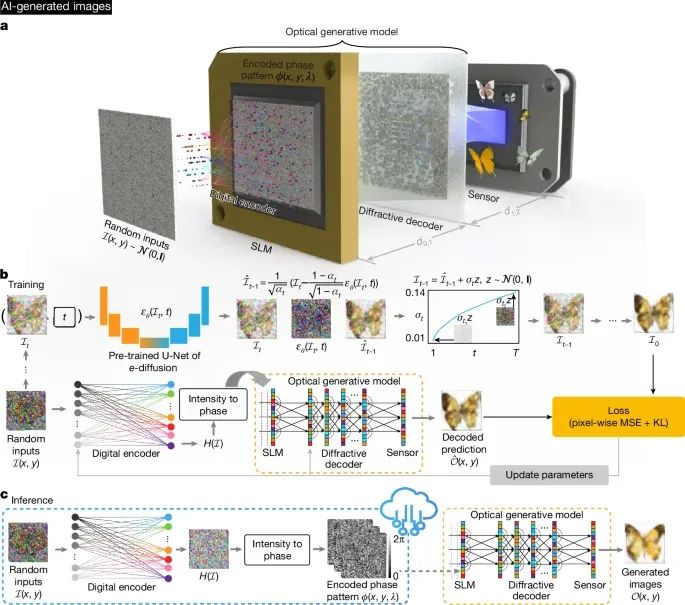
Iterative Optical Generation: Similar to an optical version of the diffusion model, it gradually refines the image from noise, step-by-step.
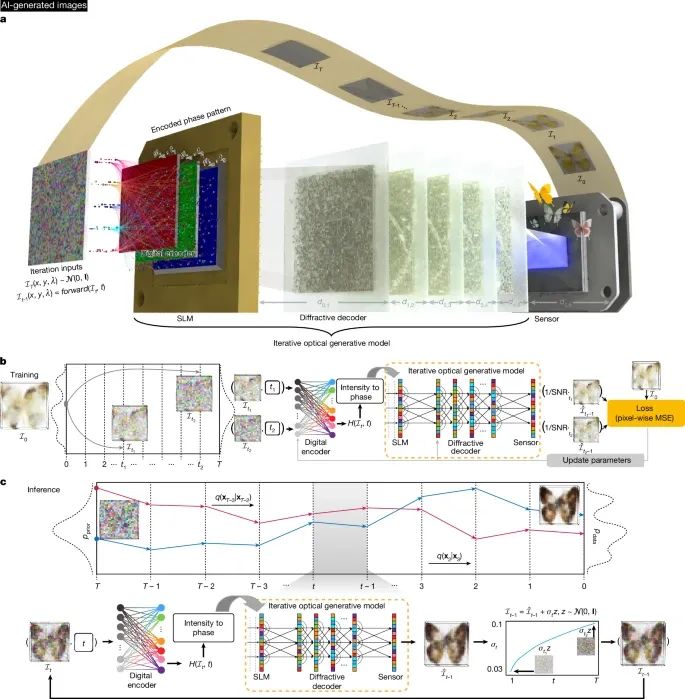
Ozcan believes that this technology could find applications in wearable electronics, such as AI glasses.
Furthermore, this optical model boasts a unique capability: privacy protection.
In this setup, a single encoded phase pattern generated from a random seed is illuminated at different wavelengths. Only the correctly paired diffraction decoder can accurately reconstruct and reveal the intended information within the corresponding wavelength channel.
In layman's terms: One key fits one lock.
For you, it might display Vincent van Gogh's 'Starry Night,' but for someone else, it could appear as a meaningless jumble of noise.
Imagine a group of people sitting together, each seeing exclusive content through their own 'light key.' Students see courseware, designers see blueprints, and bosses see financial statements—all from the same beam of light, yet entirely separate and secure.
This confidentiality represents physical-level security, virtually impervious to hacking.
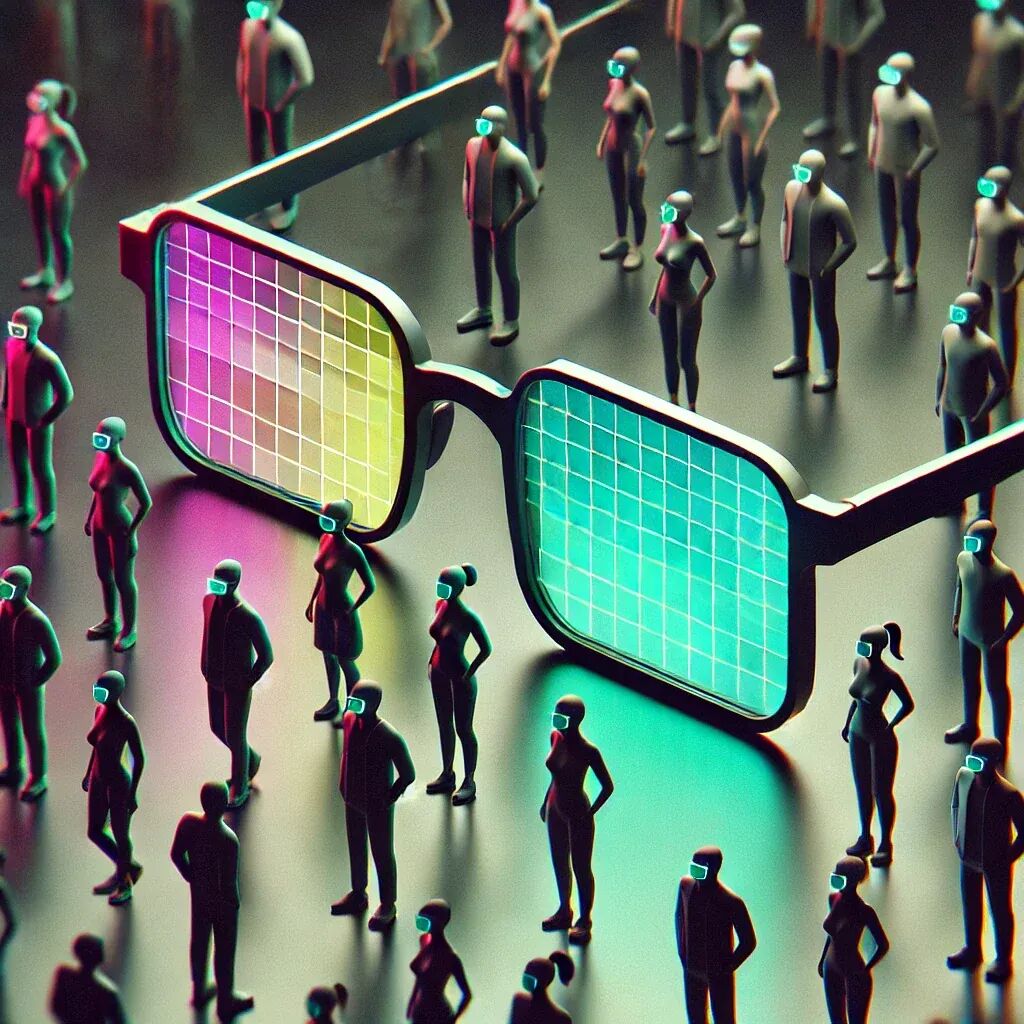
The significance of the optical generative model extends beyond mere energy savings; it heralds a broader trend:
Diversification of Computing Power: While NVIDIA remains a powerhouse, the world cannot rely solely on stacking GPUs forever. Future AI innovations may necessitate integration with physics, optics, and biotechnology.
Decentralization of AI: If AI can truly operate on a pair of glasses or even generate images using natural light, personal devices can enjoy top-tier computing power without relying on cloud data centers.
New Commercial Landscape: The first to commercialize 'optical generation' may bypass computational monopolies and redefine the industrial landscape.
While the world scrambles for graphics cards, perhaps that beam of light passing through the laser sheet is quietly illuminating the future of AI.








